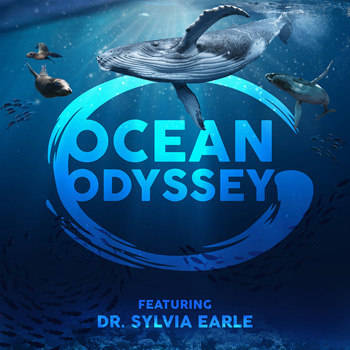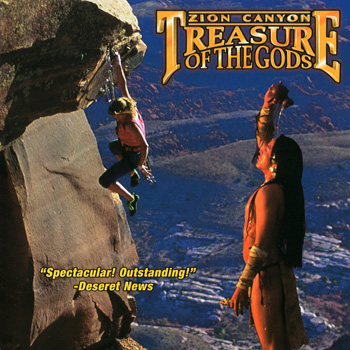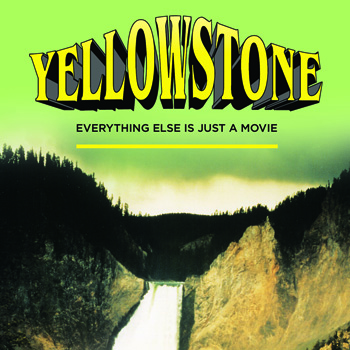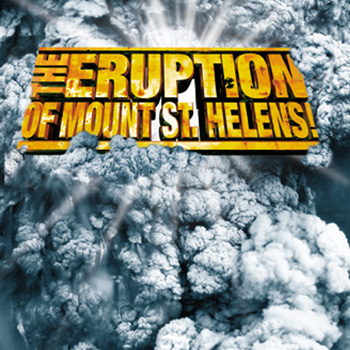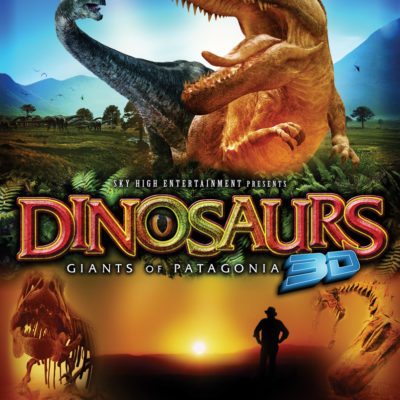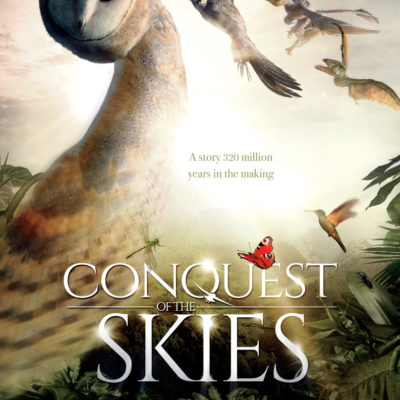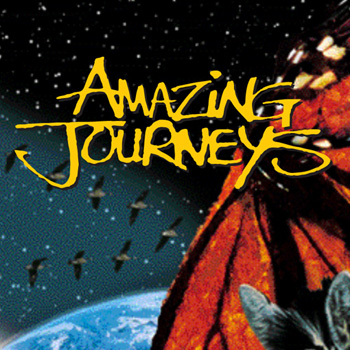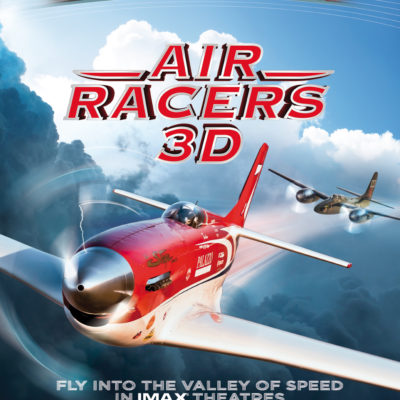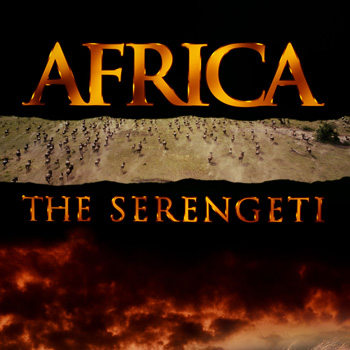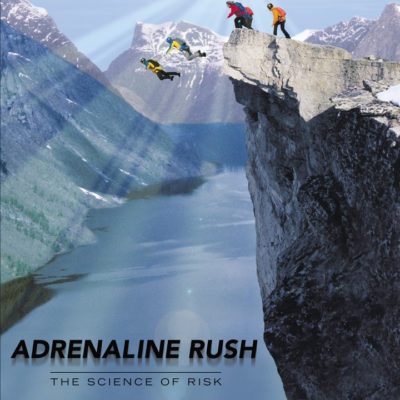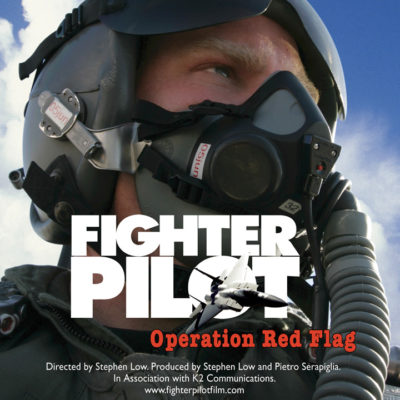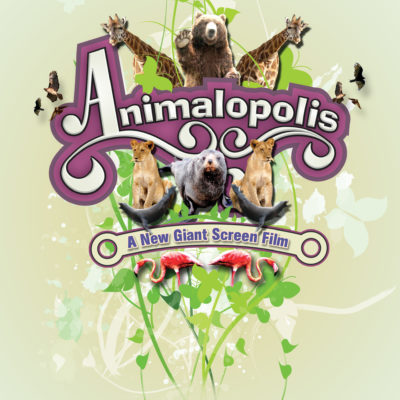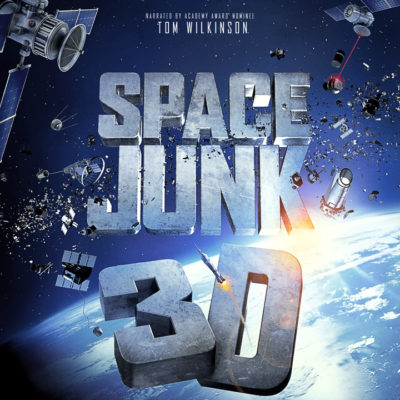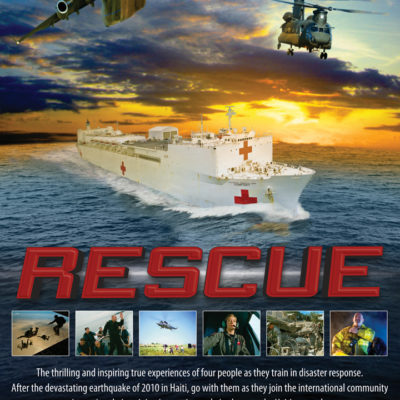500 million years ago life left this blue womb and colonized the land, but we are still intricately linked to the ocean. Our climates, coastlines, ecosystems, and economies are tied to the perpetual movement of water between continents. The great ocean currents are the arteries and veins of Planet Earth! This is the story of one particularly fascinating flow – the East Australian Current, a massive oceanic river that stretches the length of Australia’s east coast.
Zion Canyon: Treasure of the Gods makes it possible for viewers to explore the hidden recesses and dizzying heights of the canyon in breathtaking detail. The immense panoramas filling the screen make viewers part of the journey to discover the real Zion Canyon and its treasures, as well as the treasures of other beautiful canyons of the Southwest.
Yellowstone showcases the spectacular beauty, dramatic geothermal activity, and wildlife unique to this region. From the quintessential sunrise over the Grand Tetons, a river-running trip with the Hunt Party, to the brink of the Lower Falls of the Grand Canyon of the Yellowstone and even down inside Old Faithful, this film captures moments and experiences that one does not encounter on a cursory visit to the park.
Marvel at the awesome power of nature as The Eruption of Mount St. Helens displays the change evoked by a massive volcanic eruption and the renewal process which follows it. In this Academy Award nominated film, beautiful photography of the mountain prior to May 18th, 1980, is harshly contrasted with the apocalyptic post-eruption scenery created when the entire side of Mount St. Helens was blown away in billowing clouds of ash. Soar over and through the unearthly landscape of mud, ash and steaming craters in a ride that shows just what it is like to have an exploding volcano in your backyard.
If it weren’t for a series of cataclysmic events; a comet impact being first on the list, our planet could still be the domain of dinosaurs.
Dinosaurs fascinate us so much, that many people wish they were among us. Fortunately, Dinosaurs 3D will be the closest thing to actually being in the presence of these extraordinary creatures. Deeply rooted in science, the film carries the audience back in time to witness these amazing beasts come to life.
Meet the largest living animals to have ever walked the Earth: the titanesque plant-eating Argentinosaur, and its nemesis, the Giganotosaur, a bipedal carnivore, that could easily challenge the famous T-Rex!
Dinosaurs Alive is a global adventure of science and discovery – featuring the earliest dinosaurs of the Triassic Period to the monsters of the Cretaceous “reincarnated” life-sized for the giant IMAX ® screen. Audiences will journey with some of the world’s preeminent paleontologists as they uncover evidence that the descendants of dinosaurs still walk (or fly) among us. From the exotic, trackless expanses and sand dunes of Mongolia’s Gobi Desert to the dramatic sandstone buttes of New Mexico, the film will follow American Museum of Natural History (AMNH) paleontologists as they explore some of the greatest dinosaur finds in history. Through the magic of scientifically accurate computer-generated animation, these newly discovered creatures, and some familiar favorites, will come alive … in a big way!
Beginning in the 1920s, AMNH scientist and adventurer Roy Chapman Andrews, who is believed to be the inspiration for the Indiana Jones character, led five expeditions to the Gobi Desert. Andrews and his team found hundreds of dinosaur remains, many new to science, including the first Velociraptor, the first dinosaur nests with eggs, and fossils of early mammals that lived alongside dinosaurs in the Late Cretaceous Period. Andrews also happened to take along a Hollywood cameraman with him to film the expedition’s discovery. This rare and beautifully preserved footage, juxtaposed against the large-format footage of today’s expeditions, provides audiences with a unique perspective into field paleontology over time.
Following in the footsteps of Andrews, AMNH paleontologists, Mike Novacek and Mark Norell, have been making annual expeditions to the Gobi every summer since 1990. Some of the greatest dinosaur fossils ever found have come from the Gobi. Collapsing sand dunes quickly and completely covered whole communities of animals, preserving them until the skeletons are exposed today by erosion. One of the most dramatic sequences in the film features a Velociraptor and a Protoceratops locked in mortal combat as a sand dune sweeps over them and kills them. The famous fossil of these fighting dinosaurs shows that they died in a deadly embrace, claws and jaws still grasping at each other. Great dinosaur moments like these, actual fossilized stories, are brought back to life through state-of-the-art CGI.
Dinosaurs Alive will also introduce audiences to the breakthrough discoveries taking place under the towering red sandstone buttes and rock chimneys in northern New Mexico. Since the 1940s, AMNH scientists have uncovered excellent specimens at the mysterious Ghost Ranch, where erosion has cut down through the many levels of sediment to expose fossils of the earliest dinosaurs from the Triassic Period, some 230 million years ago. At that time reptiles still ruled the earth and dinosaurs were actually modest in size—no larger than a cat, dog, or human. Dinosaurs exploded in diversity and size during the later Jurassic Period. Scientists have recently discovered a “monster” buried near Ghost Ranch. It was a long-necked sauropod called Seismosaurus—meaning ‘thunder lizard’—that was a massive 121 feet long. In the film, audiences will witness this behemoth thundering about on screen, in stark contrast to the more diminutive Triassic dinosaurs.
Finally, in an exciting development captured by our cameras, Novacek and Norell, travel to the site and inspect an extraordinary discovery made by AMNH graduate students — one of the oldest dinosaurs ever found in North America. The film will show how the fossil was discovered, protected in a plaster jacket, carefully removed from the rock, and studied at the American Museum of Natural History in New York. Dinosaurs Alive shows how new scientific insights are sometimes built from previous discoveries, and each new generation of paleontologists continues the legacy of people like Roy Chapman Andrews.
The ability to fly is one of the greatest wonders in the natural world. Millions of creatures soar above our heads today, using a fabulous variety of techniques to defy gravity and master their aerial environment. But how did animals make the incredible transition from land to air?
Conquest of the Skies uses the very latest science and stunning special effects to uncover the 300-million-year story of flight—and it’s not simply about birds. Using advanced 3D filming technology we capture the beauty and excitement of the whole world of flying creatures, from the fastest predatory falcons to the most acrobatic of insects, night flyers like owls and bats, and the soaring and gliding specialists capable of traveling huge distances. Audiences will enter the truly amazing world of these remarkable animal aviators, and leave the theater both stunned by the spectacle and thrilled by the story of how animals rose up and conquered the skies.
Witness some of nature’s most incredible spectacles as millions of creatures embark on Amazing Journeys of survival. Film director George Casey introduces audiences to six of nature’s truly unique phenomena. From the distant reaches of a hidden Mexican village to the sunny, warm surf off the Baja coast, fly on the delicate wings of a butterfly and dive into the depths of the oceans with a colossal whale to experience awe-inspiring life and death migrations. Along with the immense distances they travel, these species face many obstacles—obstacles that may change their migratory patterns forever. Go along on a most unbelievable road trip as nature struggles to the very ends of the earth.
Alaska: Spirit of the Wild is the ultimate story of survival, where life triumphs season after season against fierce conditions and challenges.
“It is a place little contaminated by the present, where we can rediscover a vitality and beauty vanishing from our lives. Whether or not we will ever reach Alaska, we all want to know such a place still exists.” This is narrator Charlton Heston’s poignant summation of the film Alaska: Spirit of the Wild.
Transporting viewers on a voyage into the last great frontier where nature enchants the eye with magnificent spectacles, this film takes audiences fishing with brown bears, soaring with bald eagles, dodging calving glaciers, and racing on the hooves of caribou — all from the comfort of their theater seats. Director George Casey masterfully relates the genesis of Alaska and then explores its rich history, surprising wildlife, magnificent landscapes, harsh climate, and abiding spirit.
Fly into Nevada’s “Valley of Speed” for a breathtaking exploration of the fastest race in the world combined with spectacular air show entertainment: the legendary Reno National Championship Air Races. Join today’s elite pilots as they fight for position, wingtip-to-wingtip, and skim 50 feet (15 m) above the ground around an oval course at twice the speed of a Nascar race. Discover this ultra-competitive world through the eyes of rookie pilot Steve Hinton as he attempts to fly his P-51 Mustang fighter plane to victory in the most highly-anticipated and unpredictable race class. Learn about the history and science behind the sport, whose concept dates back to the dawn of aviation, and see top-notch aerobatic performers, including the Canadian Forces Snowbirds. With spectacular aerial photography filmed entirely in 3D and unprecedented access granted to the course, Air Racers 3D, narrated by Paul Walker of “The Fast and the Furious” series, puts you in the cockpit to experience the intensity and high-speed thrills of a sports event like no other for the very first time in IMAX 3D theatres.
Africa: The Serengeti introduces the audience to a spectacle that few humans have ever witnessed, the Great Migration, taking viewers on a journey with over 1.5 million animals as they travel more than 500 miles across the Serengeti plains in Tanzania and Kenya. This film is a tribute to the wildebeest as they set out on their yearlong odyssey; it is also a documentary featuring a fascinating array of animals including zebras, giraffes, elephants, monkeys, baboons, and even hyenas, jackals, and vultures, with an abundance of animal trivia.
John Stratton is a young American fighter pilot who flies the F-15 Eagle, arguably the most potent and successful fighter plane ever built. His grandfather was a decorated World War II flying ace, and he intended to follow in his footsteps.
At Red Flag, the international training exercise for air forces of allied countries, many of the world’s best pilots meet for the most challenging flying of their careers. Red Flag is the final training for pilots and their aircrews before being sent into actual combat. We follow our young pilot as he makes his way through this extraordinary event held in the desert of Nevada. He is amazed at how complex, challenging and dangerous the exercises are.
He begins to notice team members who were not a part of his childhood vision of heroism, the support team crucial to a successful mission, and to a safe return home. In the aerial combat exercises, there are other pilots who aren’t out just to prove themselves, they are helping him — watching his back. And he is doing the same for them. He begins to realize that being a hero is not quite as simple as he once might have thought.
Singing lions, bears that waltz, sea lions turning somersaults. Otters pray, flamingos squawk, a calf who’d rather dance than walk. Children will want to watch it again and again. Animalopolis — a giant-screen matinee film for a truly brand new audience. You’ll like it, too.
With twelve hilarious segments, each featuring a different animal, Animalopolis will stimulate children’s imaginations and curiosity about the creatures they’re seeing.
After 50 years of launching our dreams into space, we’re left with a troubling legacy: a growing ring of orbiting debris that casts a shadow over the future of space exploration. Space Junk 3D is a visually explosive, sensory expanding voyage into our now-threatened Final Frontier. Experience mind-boggling collisions, both natural and manmade. Soar from the stunning depths of Meteor Crater to an unprecedented view of our increasingly crowded orbits — 22,000 miles above Earth. Join us as the foremost expert, also known as the “Father of Space Junk,” guides us through the challenges we face in protecting them, forging a new age of space discovery.
Rescue plunges audiences into the hard, but inspiring work of saving lives in the face of a natural disaster. Behind the scenes, the film follows a Canadian naval commander, two pilots, and a volunteer rescue technician as they train for action. When an earthquake strikes Haiti, creating one of the biggest humanitarian disasters of the century, the audience is swept along, joining with the massive effort that brings military and civilian responders and hardware from around the world. Rescue is a journey of real-world disaster and emergency response captured (in 3D) with unprecedented scale and impact for the giant screen.
In the hundred-year-plus history of aviation, truly radical new aircraft designs come along only once in a generation. Since the introduction of the wide bodies of the late 1960s and early 1970s (followed by the Boeing 777 in 1994), there have been no truly “game changing” new passenger airliner designs until now, with the development of the Airbus A380 and the Boeing 787 Dreamliner.
Through the eyes of chief test pilot Mike Carriker, a legendary contemporary pilot who is flight rated in more than 100 airplanes, we will see how a century of aviation trial and error, and some of the seminal airplanes of the 20th century influenced the design of the Dreamliner. The audience will be thrilled with the flight of these legendary airplanes in some of the most breathtaking sequences ever seen on giant (IMAX®) theater screens. Theater-goers will be there for all the important milestones at the dawn of a new era in commercial aviation. They will see the first public flight of the massive, but super efficient Airbus A380 at the 2007 Paris Air Show and the first flight of the smaller, even more efficient 787, the first-ever carbon fiber airliner that made its maiden flight in 2009.
Legends of Flight will also give audiences an insider’s view of how a modern aircraft is built, and make them privy to the manufacturing challenges and incredible financial risks companies assume when they embark on radical new designs. In the end, this unique cinematic experience shows how the 787 might affect the next 100 years of aeronautical design.
The mission to protect and defend the world’s oceans has become far more complex and challenging in recent years, and naval aviation has become increasingly vital to success. One of the greatest engineering feats in naval maritime history, the modern Nimitz-class carrier is a masterpiece of technology, and the flagship of the fleet. With RIMPAC, the world’s largest and most comprehensive international maritime training exercise providing a stunning visual context for the story, find yourself aboard the USS Ronald Reagan alongside the 5,000 highly skilled sea and air personnel conducting flight operations in the midst of the simulated war exercises taking place there. Rarely has there been a topic so visually suited and compelling for IMAX® and other giant screen theaters.
- 1
- 2


